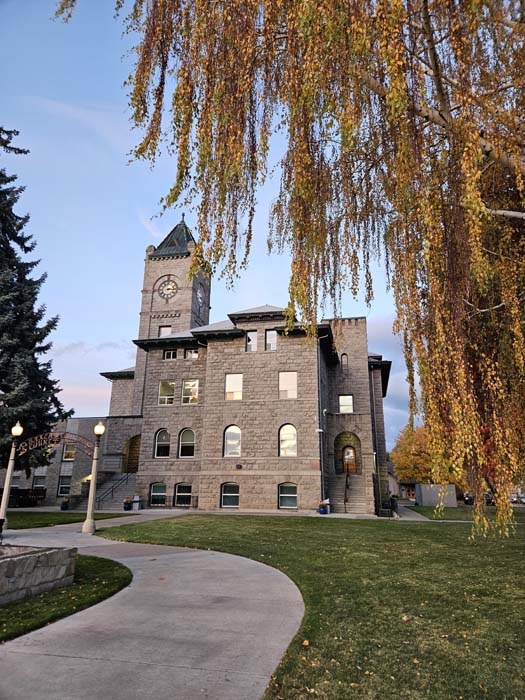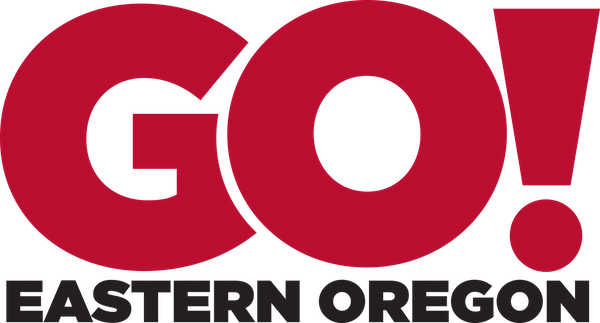UCEDC DUSTS OFF PORT DISTRICT STUDY, EXPLORES FEASIBILITY
Published 12:00 am Thursday, November 15, 2001
By Ray Linker
Trending
Observer Staff Writer
The Union County Economic Development Corporation is exploring the idea of establishing a countywide dry port district.
While there are several aspects of such a taxing district that would boost local economic development, much work remains before the issue can be put to voters.
Trending
Its not likely the issue would go to voters before 2004, UCEDC Executive Director Joel Frank indicated this week.
Formation of such districts can only be voted on in even-numbered years and it doesnt look likely we will be ready to ask for voter approval in 2002. That would be pushing it, Frank said.
Were still exploring all the factors, including updating a previous feasibility study done on the issue, Frank said.
Port districts, basically designed to promote such economic development issues as job retention in existing businesses and seeking new companies to locate in the county, would require voter approval during a general or primary election to establish a tax base.
Before an election can be held for an inland port district, state law requires a feasibility study be done and a proposed budget be drawn up.
Weve hired the Regional Services Institute at Eastern Oregon University to do the study, but theyre just getting started, Frank said.
While the idea of forming a district has been brought up at various public meetings recently, including the last four UCEDC meetings, the process is not very far along, Frank said.
We dont have a proposed budget and dont yet know if a port district would do what we want to do. We are looking at the concept to see if it would benefit us, he said.
Organizers would have to look at how it plays with taxes, including compression and any other tax-limiting aspects involved, Frank said.
Compression, instituted under Ballot Measure 5, limits the total amount of taxes that can be placed on any specific piece of property to $15 per $1,000 of valuation.
We are looking to develop a port organization and how it would operate best for Union County, how it could provide benefits for Union County, Frank said. Were also looking to see what would be the downfall of forming a district.
There are many positive aspects to forming a district, Frank said.
There are many things that could make it workable. We could secure funds not currently available. We could get some funds quicker under a more streamlined process, for example, he said.
If an election is held in 2004, the port could begin operating July 1, 2005, if voters OK formation of a district, but tax dollars wouldnt be available until November 2005, according to state law.
Inland ports can begin operation with a tax levy of between $150,000 and $300,000, with the tax receipts expected to drop to a point over time where they represent less than 40 percent of total port revenue.
Port districts have the ability to leverage grants and other monies far above the taxes they could collect from local property owners. A key source could be the Oregon Port Revolving Loan Fund. That, for example, would allow the district to buy land or buildings and then lease to companies.
A district could provide a mechanism to help market and distribute existing products of business, agriculture and timber as well as develop markets for new crops and increase interest in small specialty crops.
The initial five-member board of directors would be appointed by the governor and then board members would be elected after that.
The idea of a port district has been proposed before without success, but UCEDC directors are hoping their efforts will receive a better reception if the study indicates they should pursue the formation.
An UCEDC committee has met with a Wallowa County commissioner (Mike Hayward) to discuss the feasibility of a two-county port district. The meeting was at Haywards request.
The consultant who did the 1996 study, Gene Leaverton & Associates of Portland, reported that existing companies and Eastern Oregon University could collaborate to help expand markets for local products.
The consultant described an inland port for Union County as being a mechanism that could help put in place marketing efforts, finance and basic infrastructure to a piece of property. The ports role would be to act as a developer of properties to create jobs within the district.
Port districts are not required to have access to water. Several ports focus on developing industrial properties. Oregon has 23 port districts, with their major focus being to work with local companies to facilitate expansion. Even those along major bodies of water do not focus on transportation services, state reports reveal.
Local supporters of a dry port district feel such a district would provide a stable funding and coordinate efforts by different entities to spur the local economy.









